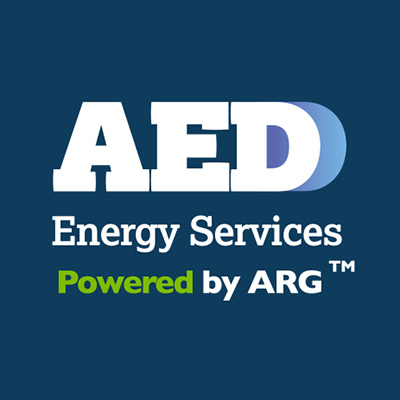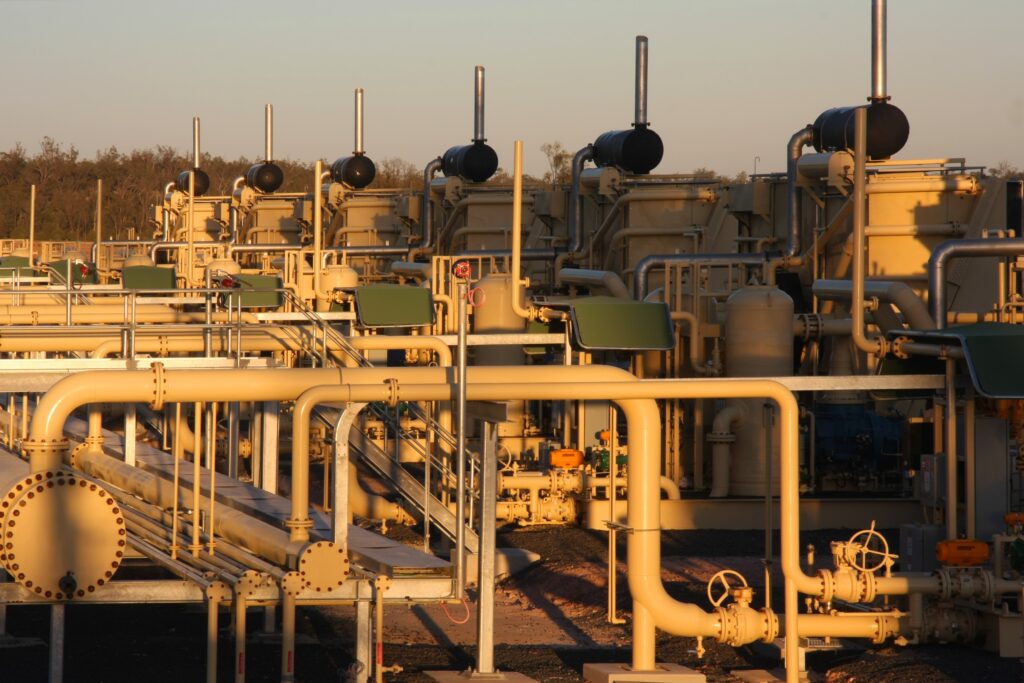Compressor stations are the unsung heroes of the natural gas industry—critical to ensuring the safe, efficient, and continuous transport of gas across long distances. As operators face mounting pressure to reduce emissions, improve reliability, and standardize operations, these stations are under more scrutiny than ever.
At AED Energy Services, we recognize the complexity of compressor station development—and the opportunity it presents for innovation. With deep experience across every phase of project execution, we’ve built a reputation for delivering technically sound, cost-effective, and scalable solutions. This blog marks the start of a broader conversation around compressor stations, from lessons learned to evolving best practices.
Understanding the Strategic Role of Compressor Stations
Compressor stations serve as the propulsion systems of natural gas pipelines. Strategically located at intervals along a pipeline, they re-pressurize natural gas to keep it moving efficiently toward its destination.
Beyond basic functionality, today’s compressor stations are expected to achieve far more:
- Support higher throughput with fewer emissions
- Accommodate modular expansion to meet shifting demand
- Streamline O&M through standardization and digital integration
Achieving these goals requires more than engineering expertise—it demands a strategic mindset and a commitment to continuous improvement.
Three Keys to Effective Compressor Station Design and Execution
1. Standardization for Scalability
Developing a standardized design template for compressor stations brings enormous value. Not only does it shorten timelines and reduce design rework, but it also drives down costs and simplifies procurement, construction, and maintenance.
This approach is especially critical when a project serves as a foundational model for future builds—as often seen in regional buildout strategies.
In West Texas, we supported a large-scale program of Central Treating Facilities (CTFs) featuring gas compression and oil handling capabilities. These modular facilities, designed with scalability in mind, each supported 40 MMscfd of gas compression, expandable to 100 MMscfd. The lessons learned from that program continue to inform our approach to repeatable infrastructure across geographies.
2. Integrated, Cross-Disciplinary Execution
Compressor station projects demand tight coordination across multiple disciplines: civil, structural, mechanical, electrical, I&C, and environmental. A siloed approach not only delays progress—it introduces risk.
Integrated execution models—where engineering, procurement, and construction support are coordinated from concept through commissioning—are essential to de-risking schedules and ensuring project success.
3. Flexibility to Adapt Without Compromising Quality
Even with standardization, site-specific factors will always shape a project’s execution. A successful partner must be able to adjust without losing momentum or straying from the core design philosophy.
Whether adapting for topography, environmental permitting, or utility integration, agility is key. Our experience delivering modular yet site-adapted CTFs in challenging environments like the Delaware Basin has equipped our team with the insight to pivot when needed—without sacrificing safety, quality, or performance.
Looking Ahead
As demand for natural gas infrastructure evolves, so will the expectations around compressor station performance. The future will be shaped by:
- Increased focus on methane emissions monitoring and control
- Integration of predictive maintenance tools and data analytics
- Advanced prefabrication to further accelerate project delivery
AED Energy Services is committed to helping operators meet these challenges head-on. By drawing on lessons from past programs and continuing to refine our approach, we aim to be a trusted partner in the buildout of the next generation of compressor stations.
Stay tuned for more insights in this series as we explore project delivery models, innovations in design, and the evolving regulatory landscape shaping compressor station development.

